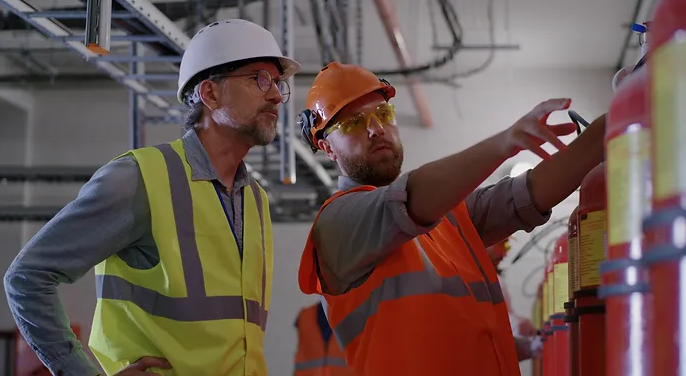
Whatsapp 93125-11015 For Details


Context
The Persistent Challenges
Several challenges contribute to the recurring fire accidents across the country:
1. Non-compliance with Safety Regulations: Many establishments operate without the necessary fire safety clearances, blatantly disregarding basic safety norms. The recent incident at the Rajkot gaming center is a stark example of this negligence.
2. Weak Municipal Oversight: Municipal bodies tasked with fire safety inspections are often understaffed and lack resources, leading to infrequent and ineffective checks on compliance.
3. Neglect of Existing Guidelines: Despite detailed guidelines provided in the National Building Code and state-specific fire safety rules, adherence remains lax, perpetuating hazardous conditions.
4. Inadequate Firefighting Infrastructure: Urban India suffers from a significant deficit in the number of fire stations, with less than 40% of the required infrastructure in place. Moreover, the existing infrastructure urgently requires modernization to meet contemporary challenges.
Current Fire Safety Standards
Steps Towards Improvement
Several initiatives have been launched to address the deficiencies in India's fire safety infrastructure:
1. Scheme for Expansion and Modernization of Fire Services: Launched by the Centre, this scheme aims to strengthen fire services in states by providing financial assistance for equipment upgrades, personnel training, and the establishment of new fire stations.
2. Model Bill for Fire and Emergency Services Maintenance: A model bill circulated by the Centre seeks to facilitate the establishment and maintenance of efficient fire and emergency services at the state level.
3. National Disaster Management Authority (NDMA) Guidelines: The NDMA has released guidelines covering scaling, types of equipment, and training for fire services nationwide.
4. Mandatory Fire Safety Audits: Fire safety audits are now mandated in all buildings over 15 meters tall every two years by independent entities.
The Path Forward
To effectively address the fire safety crisis in India, concerted efforts are required:
1. Strict Enforcement of Regulations: Authorities must rigorously enforce fire safety regulations and impose penalties on violators.
2. Infrastructure Investment: Modernizing firefighting infrastructure is imperative, as highlighted by various studies and reports.
3. Enhanced Municipal Capacity: Municipal bodies need increased resources and training to conduct regular and thorough fire safety inspections.
4. Policy Implementation and Monitoring: Adherence to the National Building Code and state-specific regulations must be ensured through regular audits and monitoring.
5. Accountability and Legal Reforms: Violators must be held accountable through stringent penalties and legal action, incentivizing compliance.
6. Prioritizing Healthcare Facilities: Special attention should be given to fire safety in healthcare facilities due to the presence of flammable materials and vulnerable patients.
Conclusion